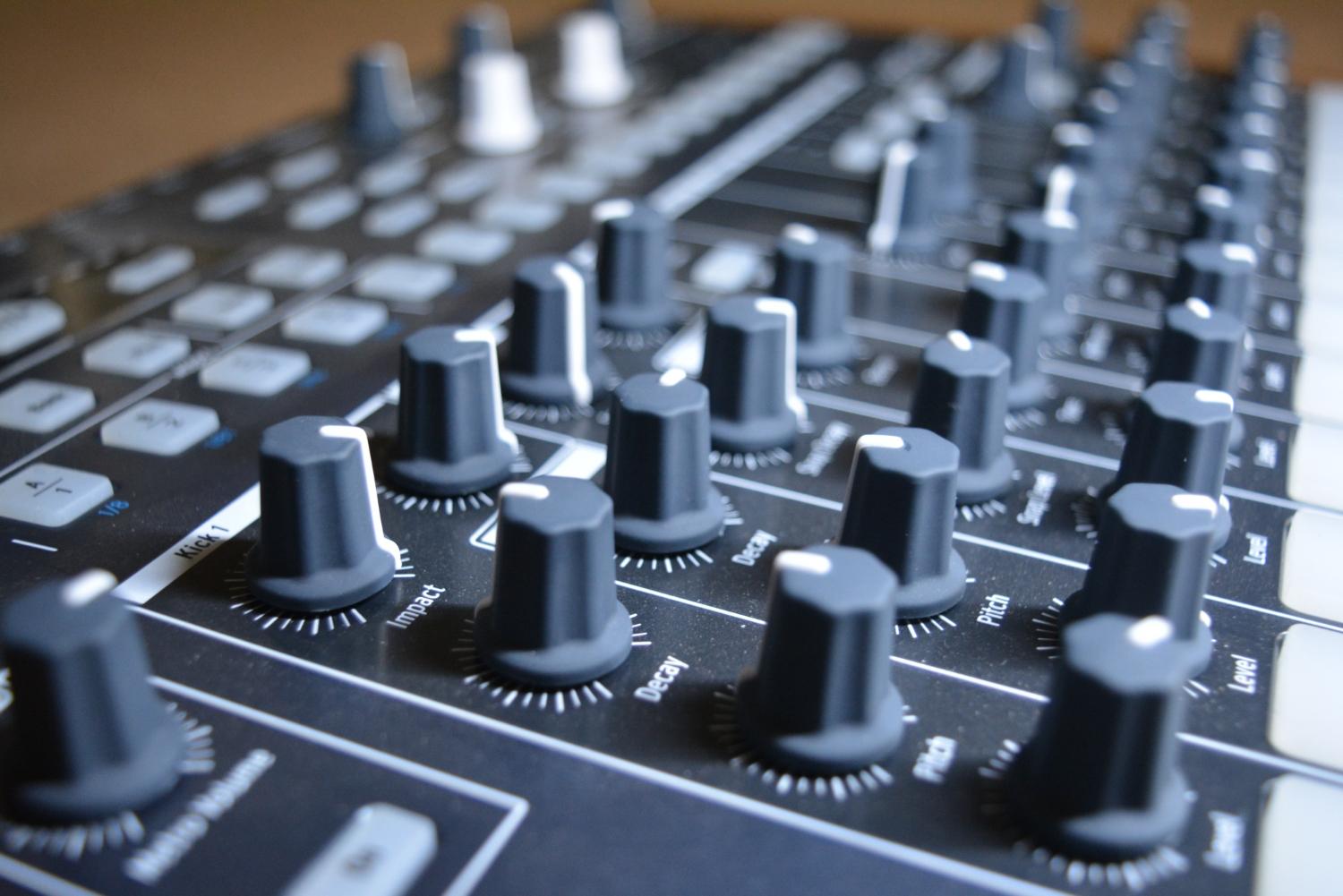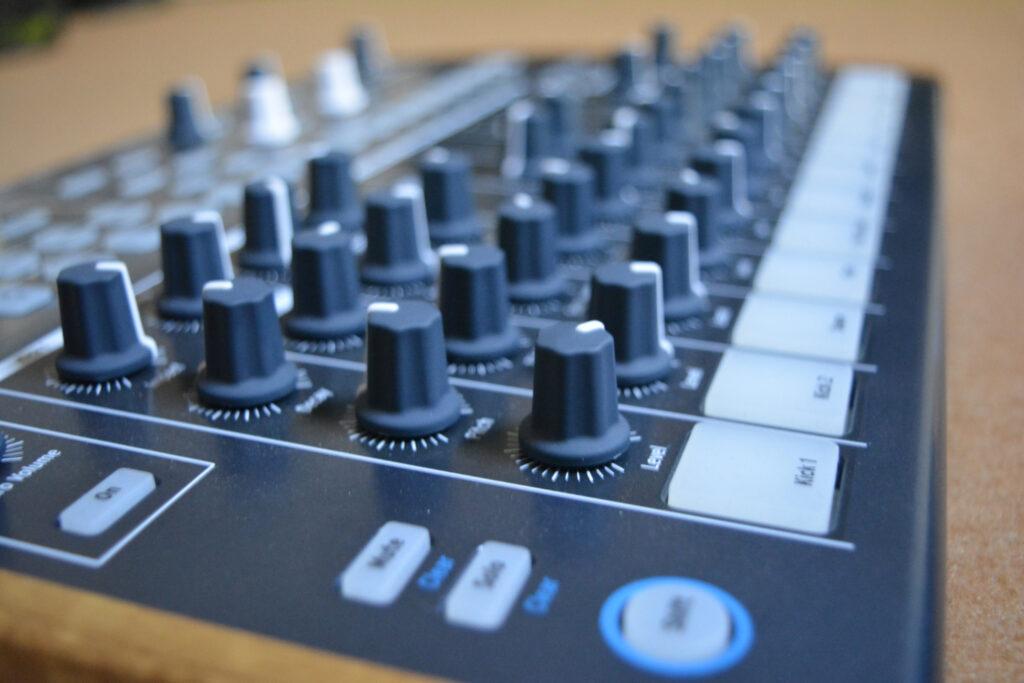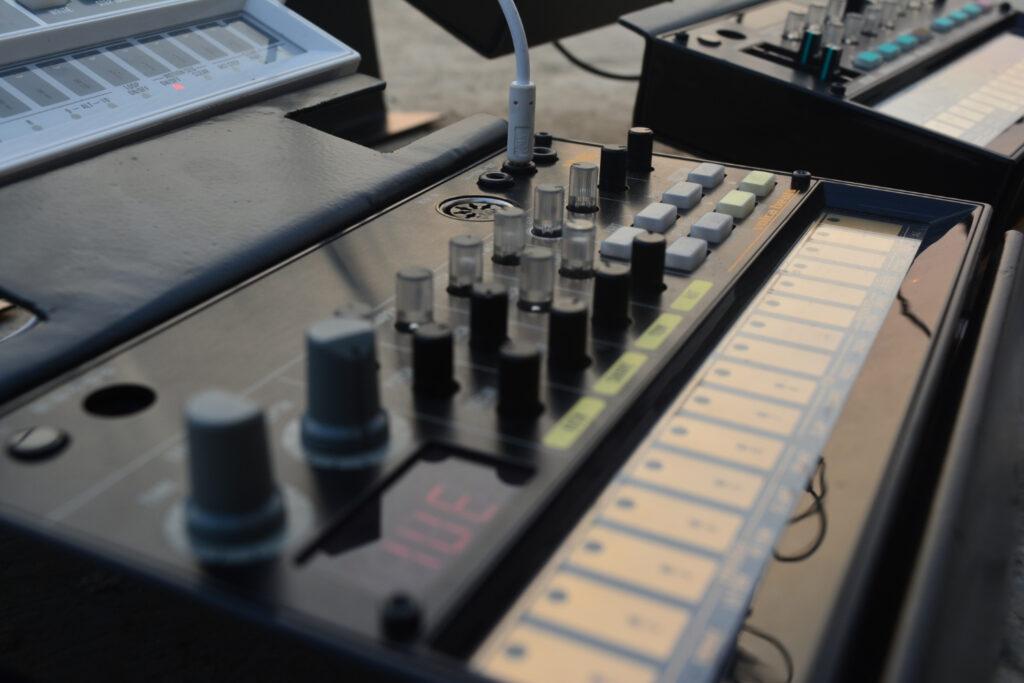
This blog will help you identify and learn more about Mono vs Stereo Sound differences. The thorough understanding will clarify the usage, processes, and overall details of the two most important types of sounds that are centric to sound engineering.
Monophonic sound, favoured by the name mono or monaural, is the production of sound waves from a single channel. This channel can be anything; a microphone or even an instrument. The main concern of these sounds is the number of channels, which is just one. The word “mono” itself means one in Greek. Hence, these sounds are only derived from a single source. This type of sound holds cultural significance as the recordings and sound functions in the early 1930s were all configured in mono.
These sounds are focused on uses which require less depth and space and are intended to be more centred in use. Less use of additional elements makes mono very specific and targeted. Mono sound mixes make a versatile template for several occasions and use. They can be adapted in many ways and can even be readily purchased. Mono audios accommodate all the elements into a single channel to create more narrowed and even outcomes.

Stereophonic sound, also famous for its short form stereo, is the opposite of a mono sound. It is the creation of sound using two or more independent channels. All the sound-producing channels are configured into one. This is done to offer the listeners a dynamic sound experience. Traditionally, two or more speakers were networked at regular distances from the listener’s location. This method has evolved effectively, thanks to technological advancements.
Modern-day musical equipment is capable of audio production of stereo sounds. These production processes can also help in converting mono tracks into stereo audio. These sounds have gained popularity due to their ability to serve a multidirectional and 3D-like listening experience. This differs from mono sounds, which produce very straight and narrow sound results.
Stereo sounds are further categorised into two types: true stereo and pseudo stereo. The former refers to recording a sound through two or more microphones, creating a “true” stereo sound. On the other hand, a pseudo-stereo sound refers to the sounds being played through dual channels but not having a true recording origin.
We now know what is stereo sound and mono sound. To proceed, we will draw comparisons and determine which sound is better. As listeners, we may not care about or notice the differences. However for engineers and designers, the outcomes are heavily dependent on the origin of sound. For listeners, stereo is an obvious preference due to a higher quality of variety and outcome. However, mono sound is preferable in larger areas that might cause overlap and cancellation. Stereo sounds are preferable for events that require a more authentic and realistic environment. It is also advantageous in situations which have multifaceted speaker placements. One must also note that mono sounds can be re-mastered into stereo sounds, but the vice versa isn’t plausible.
After knowing the highlighting features of both sounds, we can understand that no sound is “better” than others. While stereo may be a more obvious preference, mono isn’t precisely a discarded option. It holds great significance for producers and engineers. Hence, neither can be regarded as the “best” choice as they contribute differently to the music field. This means there is no definite winner in the mono vs stereo sound competition.
When an MP3 or WAV format audio file is viewed within a DAW (digital audio workstation), you can notice waveforms. These waves depict the graphical representation of the variations in sound pressure. Each waveform depicts the functioning of one such waveform.
To understand the difference between mono or stereo sounds, you must pay attention to the number of waves being formed. In a monophonic sound, you will see only one channel of input. On the other hand, stereo sounds will show two (or more) of these channels.
Aside from the technical differences, even the human brain can tell these differences. Yes, as shocking as it may seem, this is a real phenomenon. Our brains are capable of using simplified concepts for the localisation of incoming sound. Sound pressure, range, frequency, the difference in left and right ear input and the amount of reverberation helps humans identify the difference between mono and stereo outputs. Different sounds in both ears at different frequencies often indicate a stereo sound.
Due to the apparent differences in the number of channels used, stereo sounds tend to be more costly. Even if you have different recording channels, the technology used to configure the different sounds can be expensive. The financial challenges limit the effectiveness of the production process. In comparison, mono sounds can be more cost effective for small-scale producers who do not have a huge budget for recording. This may result in low-quality results due to the limited number of recording channels. However, many producers have skillfully been successful in producing effective results even through a single input channel.
The cost difference between mono and stereo sound makes mono a preferable option for those who can’t spend a large budget on recording sessions. However, this may affect the overall quality of the resulting sounds.
The recording procedure of a mono sound is as simple as it sounds. You only need to place your input channel (e.g., a recorder, microphone or speaker) at a strategic location at your convenience. The sounds recorded are then extracted and duplicated in all the available outputs. You can even record mono audio with the help of your mobile phone’s recorder application!
On the other hand, a stereo sound is recorded by placing multiple channels at strategic locations to get the multidirectional inputs. This process, besides the audio skills and understanding of recorded input, requires a knowledgeable approach. This makes the recording procedure for stereo sounds more specific towards the experts. Contrary to this, mono sounds can be recorded even by a beginner who does not know too many technical details about music or sound recording.

As we read above, mono sounds are used in devices which require a narrowed and vertical flow of sound from the source. On a mundane basis, mono recordings are used in mobile communication, telephones, hearing aids, public addressing systems and AM radio stations. All these uses focus on sound waves travelling in a linear progression. Hence, sounds recorded on a single channel help the recorded outcomes be as concrete and specific as possible. Monophonic sounds are also primarily used in significant places that may face phase-cancellation issues. Cafes, clubs, and restaurants are the most typical examples of this.
On the other hand, stereophonic sound uses are centred towards providing a realistic and dynamic listening experience. Layman’s audience also engages more with stereo sounds as they cater to a diverse range. Gaming, music listening, movie and TV sound production, podcasting and concerts are the prime users of these audios. Since all these aim to provide a multidirectional simulation of a real space, stereo sounds are preferable for these uses.
As demonstrated above, we have covered all the aspects of Mono vs Stereo Sound in great detail. We have covered all the domains of both types of sounds and their application in the current-day music scenario. The sound you wish to use solely depends on your needs, preference and understanding. Both of these have their own sets of advantages as well as downsides. Components of audio engineering and sound design heavily rely on the type of sound used. You can learn more about these concepts by signing up for the sound engineering course Beatwork Studios offers.
Turn your love of music and audio into a career you love at Beatwork Studio.